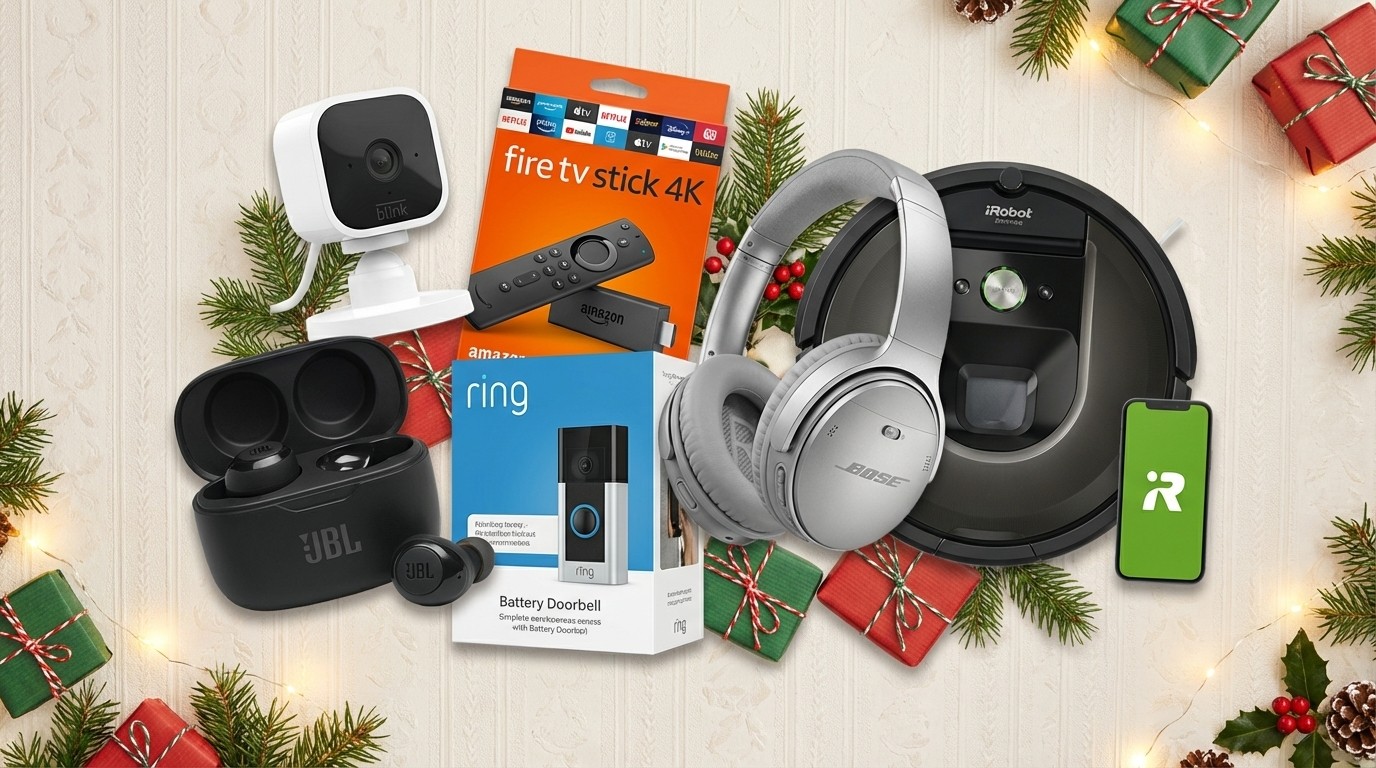7 ways to keep your kitchen cool in a heatwave
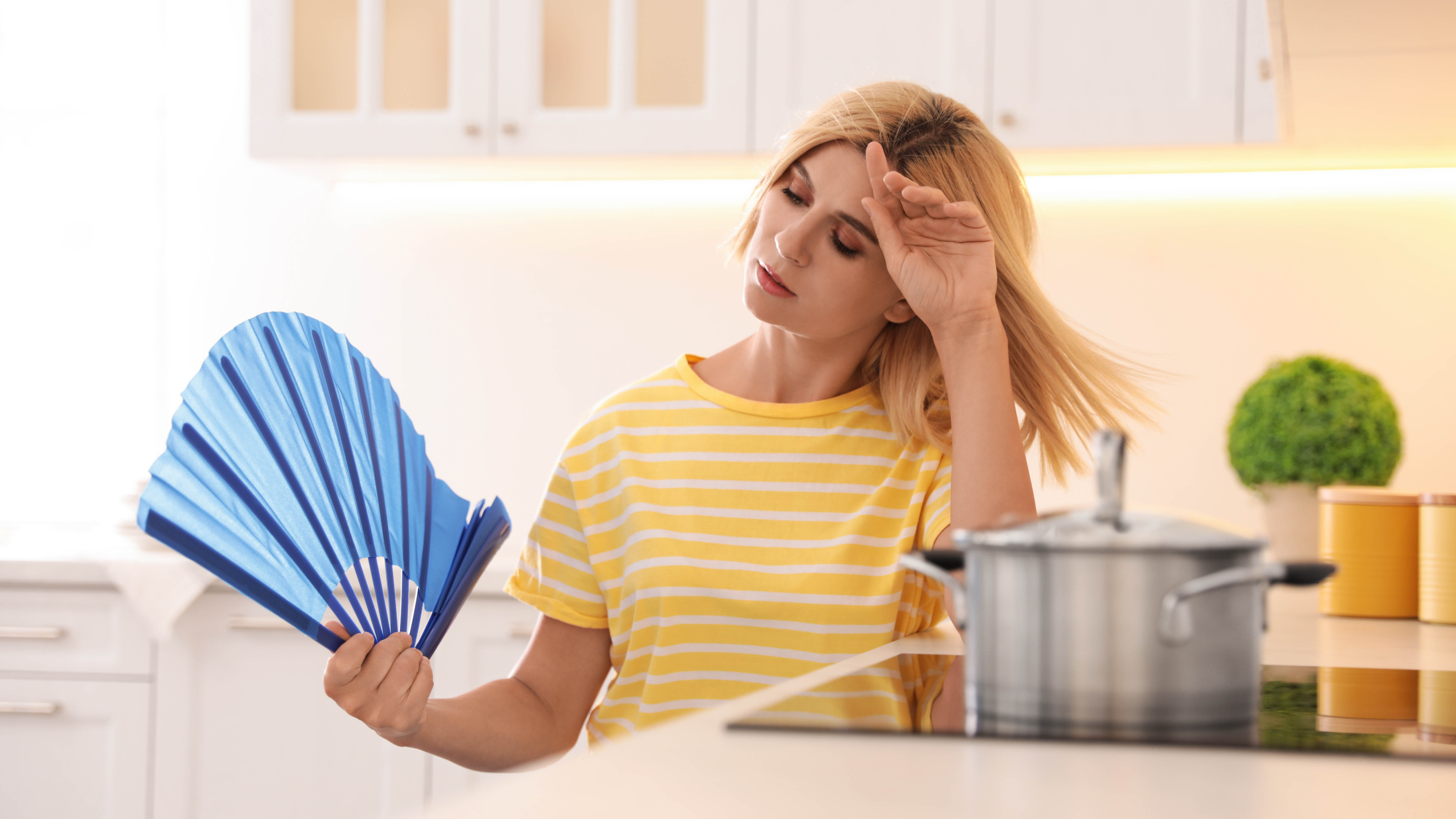
With temperatures as high as they are, we’re all trying to find ways to cool down our homes. And while learning how to sleep better in a heatwave can help you get through the nights, the kitchen is just as important.
Considering how much heat we generate in this room, the kitchen is arguably one of the most essential to keep cool. We can spend hours here prepping our meals, so it needs to be tolerable, no matter the temperature outside.
Luckily, there are ways to cool down this space — with a few small changes, you can make your kitchen a bit more bearable during a heatwave, so you no longer have to dread mealtimes.
If you’re keen to learn more, we’ve rounded up several tips you can follow to keep the heat out this summer. Here are 7 ways to keep your kitchen cool in a heatwave.
Also, be sure to check out 7 things you didn't know that were making your home hotter and appliances you should never use in a heatwave. Plus, these are 5 colors that repel heat to keep you cool this summer.
1. Don’t use the oven
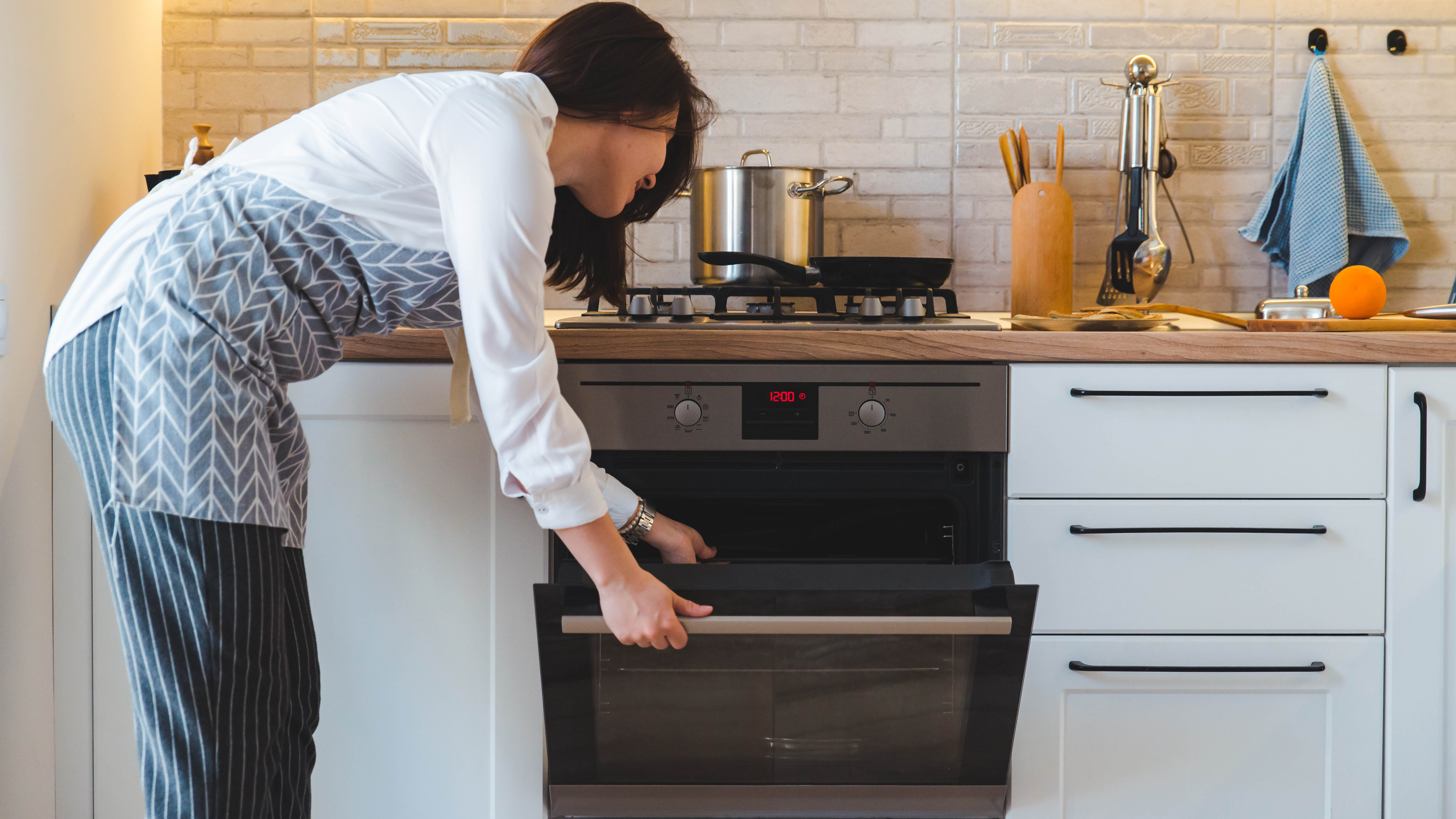
First of all, you don’t want to contribute to the heat — that means you want to avoid using the oven, stove or any appliance which generates excessive heat as it runs. Even if you use one of the best electric ranges, every time you open the door, it’s releasing heat into your kitchen, increasing the ambient temperature.
Even smaller cooking appliances, such as one of the best toaster ovens, will contribute to the heat. These get so hot that, on test, we clocked the external surface temperature of one model at 339°F. One of the best air fryers is smaller and naturally won't generate so much heat, especially when compared to an oven, but it’s still cooking nonetheless and may struggle to run in such conditions without overheating.
Get instant access to breaking news, the hottest reviews, great deals and helpful tips.
2. Do use the microwave
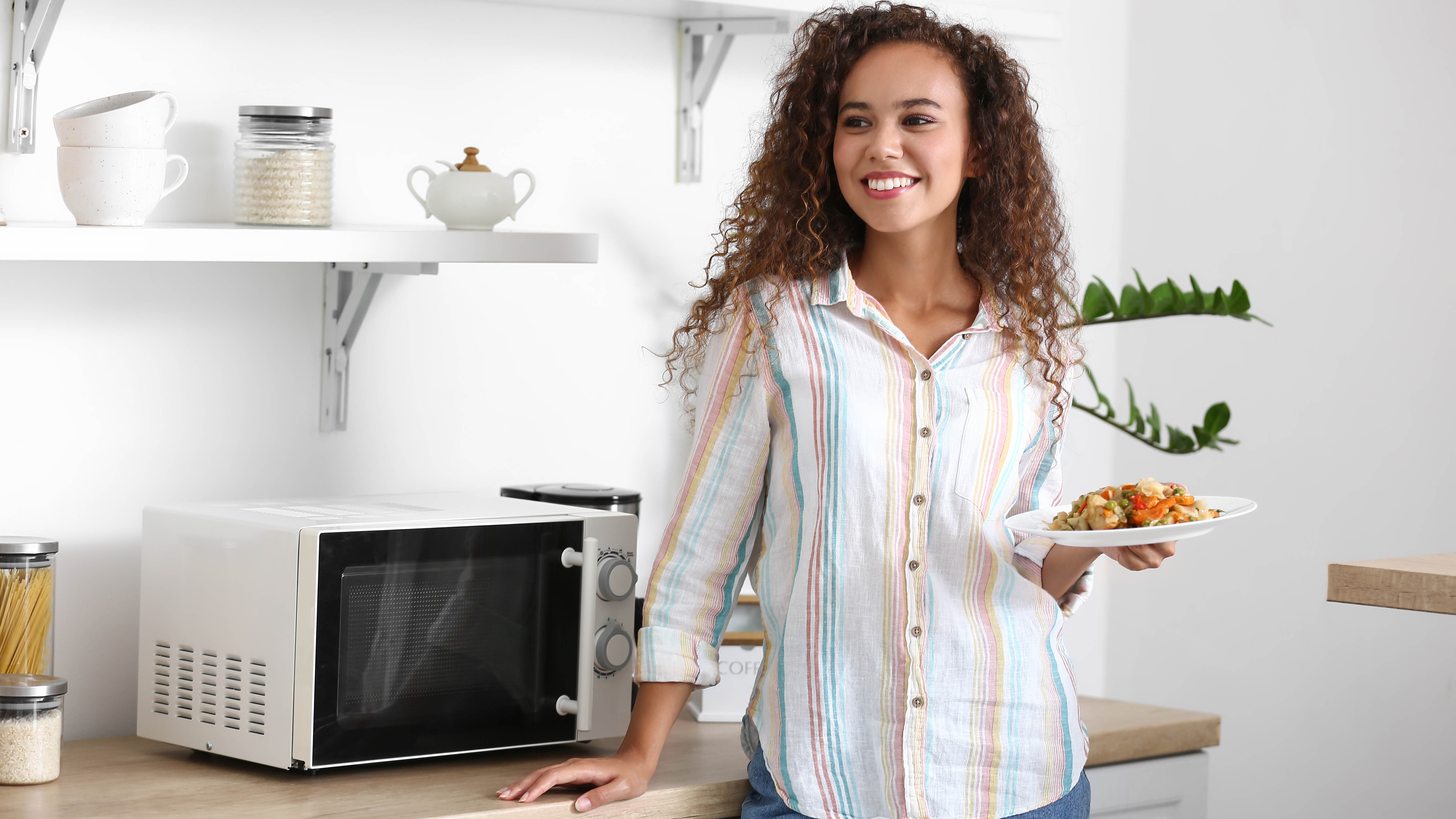
Instead of the oven, try using one of the best microwaves. While this still cooks your food, it doesn’t create excess heat to release alongside — the only heat is generated from the food itself. It’s a good idea to prepare such meals in advance, while temperatures are more typical in your kitchen. That way, you can freeze them in microwave-safe containers and then bring them out to reheat when temperatures are high.
Alternatively, you can use appliances which generate a more manageable amount of heat as they cook — as well as air fryers, a slow cooker is a prime example of this. These appliances cook at a lower temperature over a longer period of time — so the heat produced is less obvious while saving you money on your energy bill.
Pressure cookers are safe to leave unattended for prolonged periods of time according to Hamilton Beach, so long as you follow the instructions and any safety precautions. You don’t even need to stay in the kitchen as it runs.
Failing that, you can stick to salads and child meals. In any case, don’t contribute to the temperature, however you cook.
3. Let the air circulate
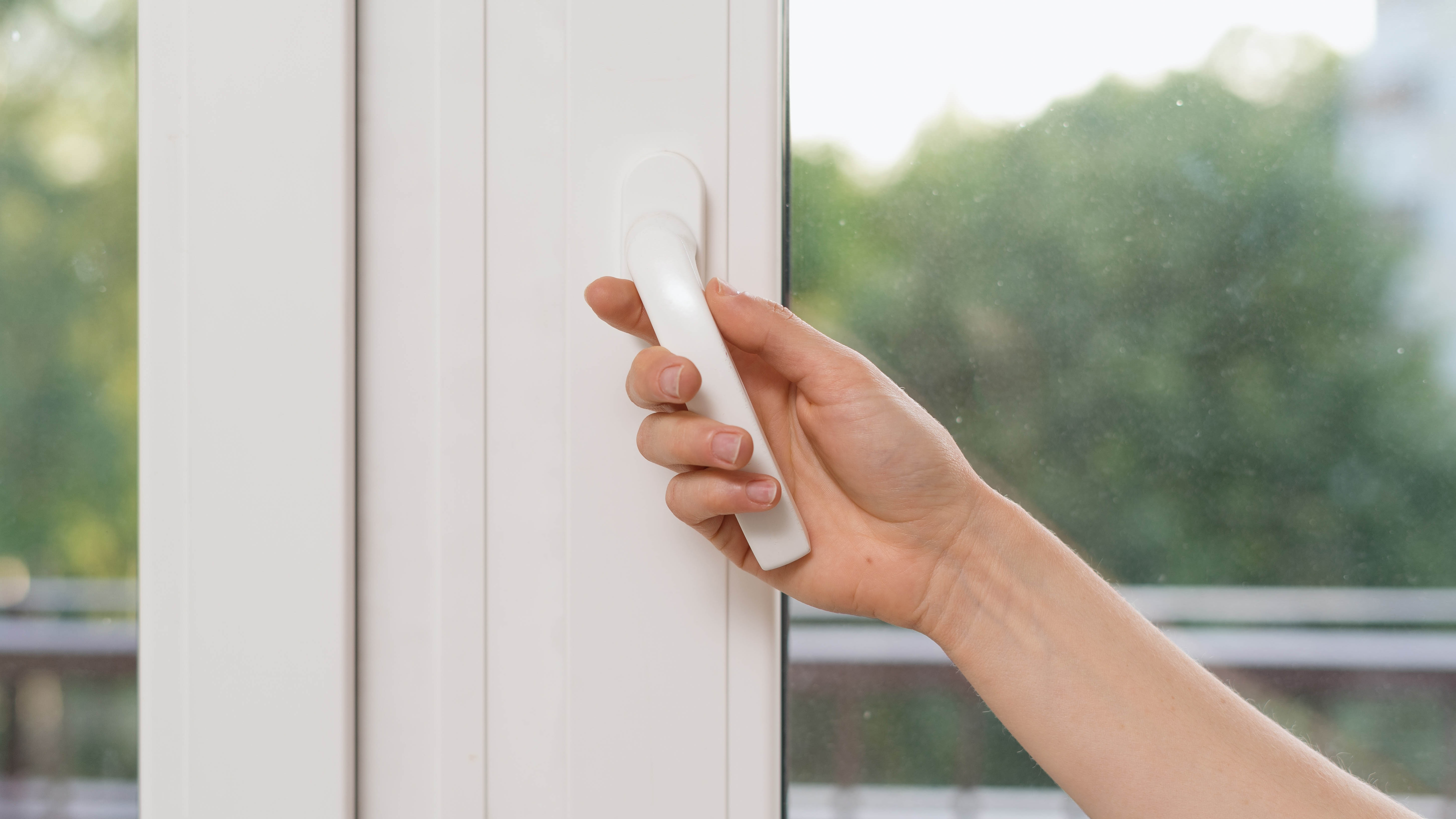
While it may seem like outside is the enemy right now, there are still times in the day when the temperature will start to drop — and that’s when you want to take advantage.
Things tend to cool down during the night continuing into the morning, before the sun’s had a chance to heat things up. This is when you want to open your windows and try to get the air flowing into your house. You can use fans to help distribute it around your kitchen — even the best air purifiers can help. Remember to keep doors open as well to let the air flow through.
But things will take a turn as it heats up outside. So remember to close the windows once morning is over. With it being hotter outside, you don’t want your cool air escaping.
Obviously, if you’re leaving your AC running, avoid opening your windows to keep it contained. But, remember you will still need to vent any moisture from humid rooms one way or another, including your kitchen. Use the exhaust fans, or invest in one of the best dehumidifiers.
4. Keep the sun out
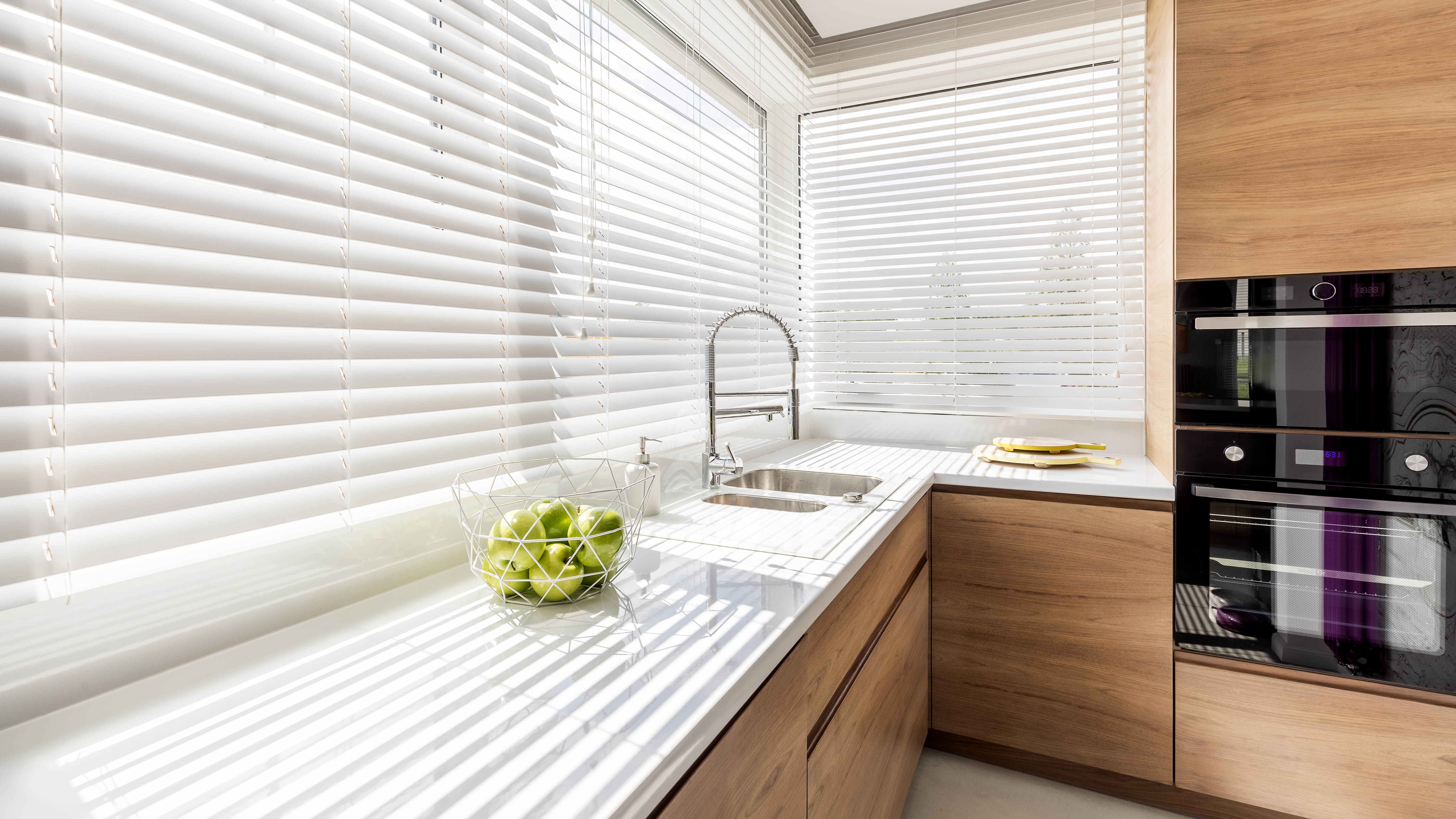
While it’s lovely to bask in the sunlight, it’s actually contributing to the hot temperatures in your home. If direct sunlight streams into your kitchen, draw the curtains or close the blinds to block it out — particularly during the peak hours of the day. This prevents it from heating up your space. Something thick and substantial, such as blackout curtains, would be best, but even blinds can make a difference.
When airing out your kitchen at night, don’t forget to open the curtains again though. Otherwise you’re creating a barrier which stops the air from circulating. This same rule applies to all of the windows in your home.
5. Dim down the lights
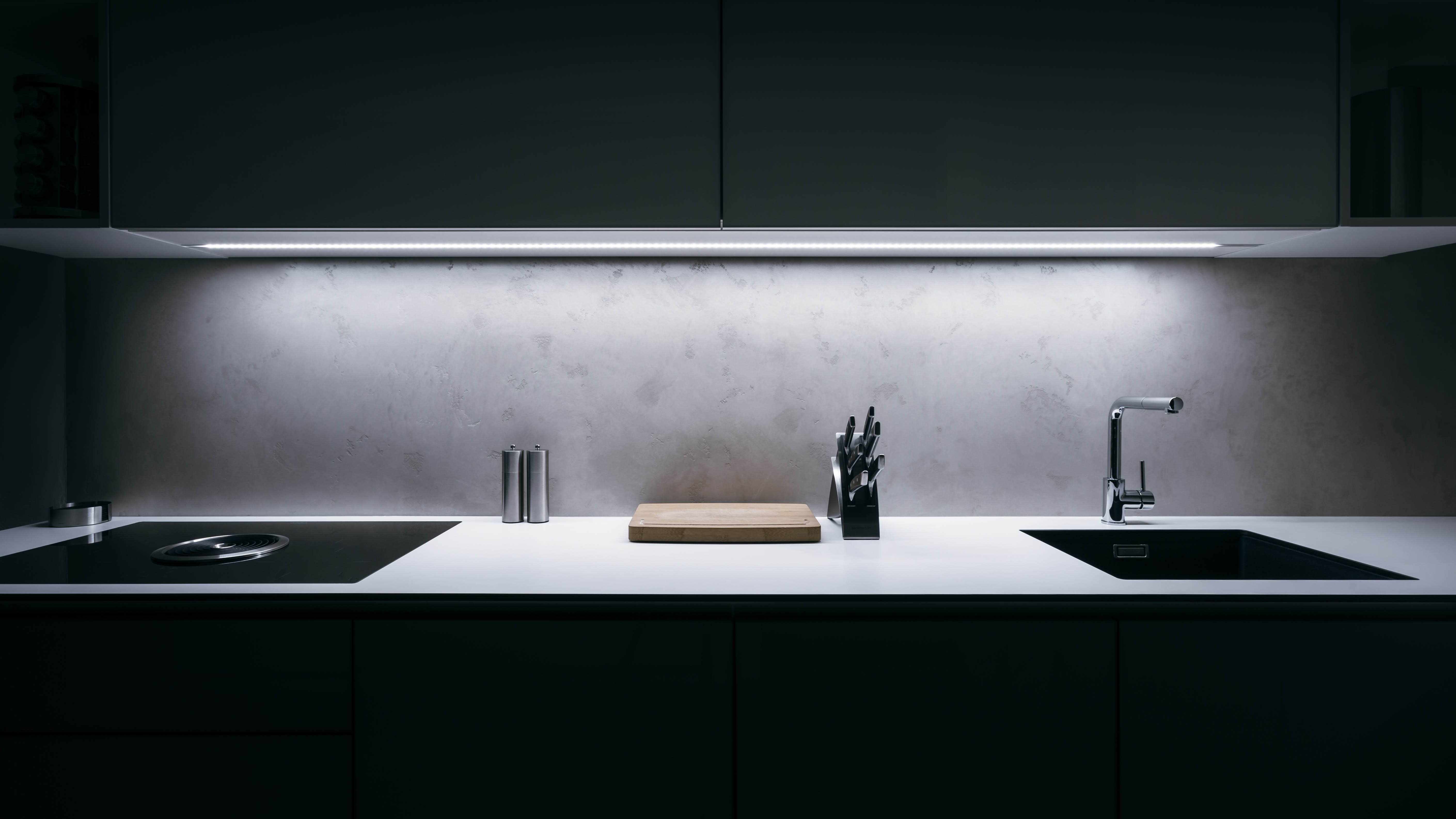
Kitchens often feature bright and intense ceiling lights to give you a clear view of what you’re cooking. The trouble is, such lights tend to create a lot of residual heat when left illuminated. Dim them down or switch them off when not needed to keep things cool.
It might be worth upgrading the bulbs as well, not just to keep the residual heat to a minimum, but to save on energy too. According to energy.gov; ‘LEDs emit very little heat. In comparison, incandescent bulbs release 90% of their energy as heat and CFLs release about 80% of their energy as heat.’ LED bulbs will last longer, cost less to run and generate less heat too, so it’s worth upgrading if you haven’t already.
6. Cook outside
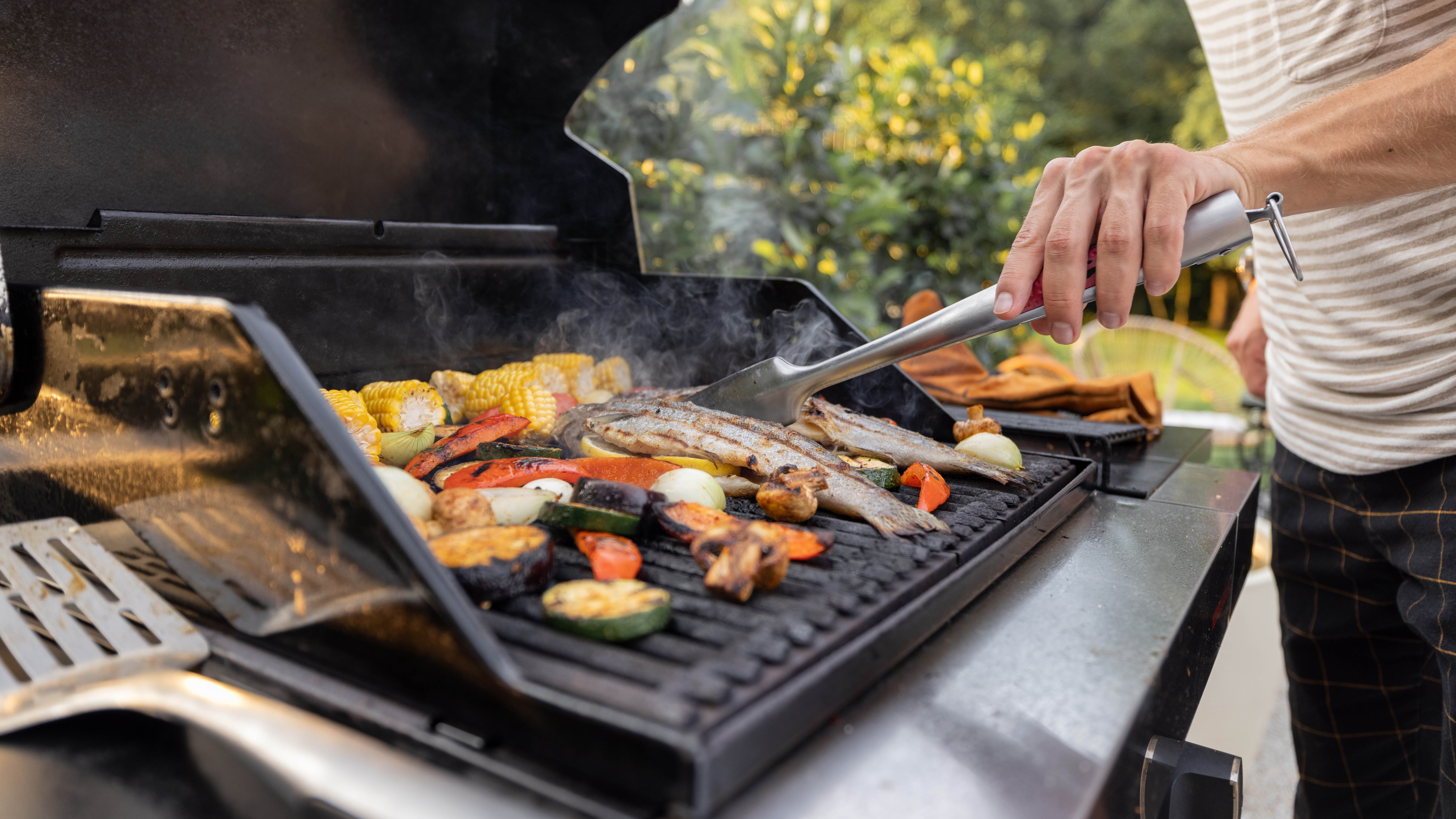
If you can’t stand the heat, get out of the kitchen. If you want to keep your kitchen cool, but need to cook for a guests; why not move the meal prep outside and cook with one of the best grills instead? No doubt, it will be hot to cook in such conditions, at least you’re keeping the heat and smells outside, rather than trapped in your kitchen.
Of course, if conditions are scorching, and it’s not safe to cook outside and expose yourself to the heat for so long, stay indoors, and prepare food using one of the earlier aforementioned small appliances.
7. Heat reducing window film
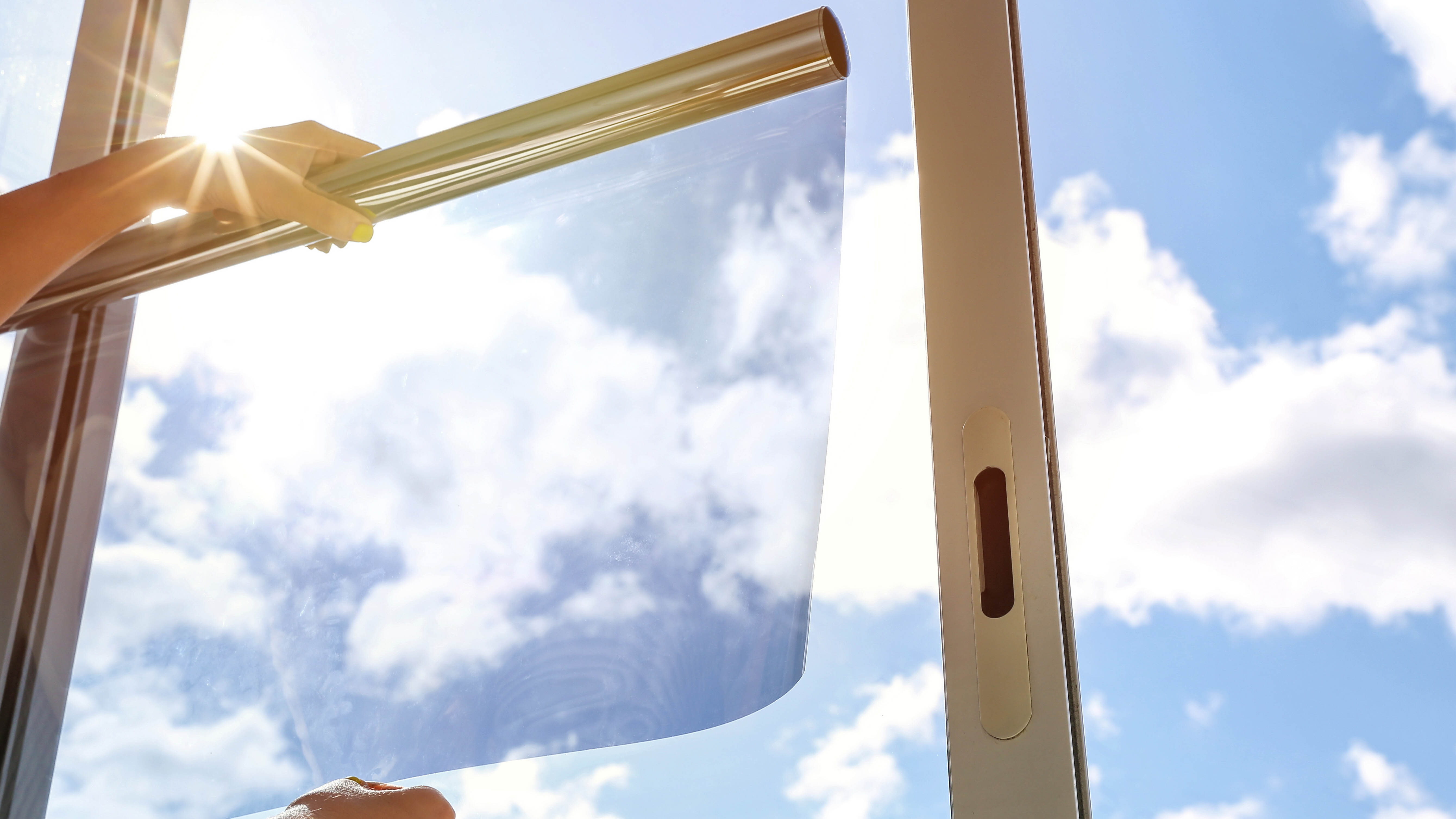
Finally, a long term solution is to apply heat-reducing window film to your kitchen windows. As the sun hits the film, it reflects some of the heat as well as the UV back outside, keeping temperatures inside more controlled. An example of this would be this Heat Control Window Film ($14.99, Amazon). This can help insulate in the colder months as well, making it useful all year around.
You can usually stick such a film on by hand — making application easy. Some also provide tinting for privacy, creating a reflective surface when looking in from the outside.
Alternatively, you can apply aluminium to your windows for a similar effect. One of our writers beat the heat with a $2 roll of aluminum foil — here’s how.
More from Tom's Guide

Katie Mortram used to be a Homes Editor for Tom's Guide, where she oversaw everything from kitchen appliances to gardening tools, as well as smart home tech. Specializing in providing expert advice for cleaning and home manintenance, she now works as Household Advice Editor for Good Housekeeping.
